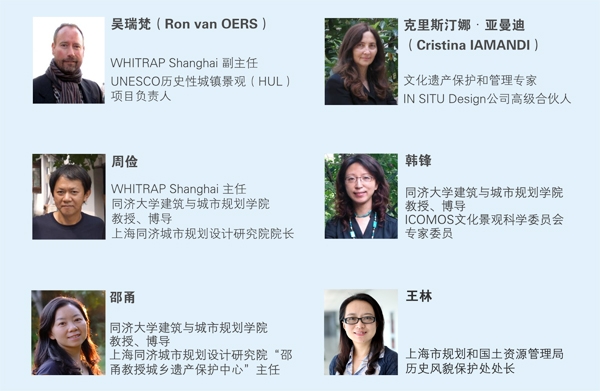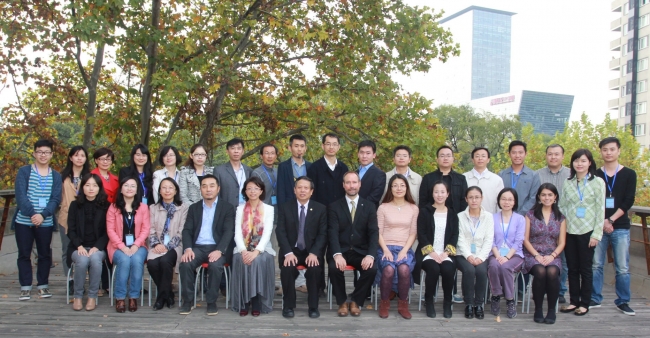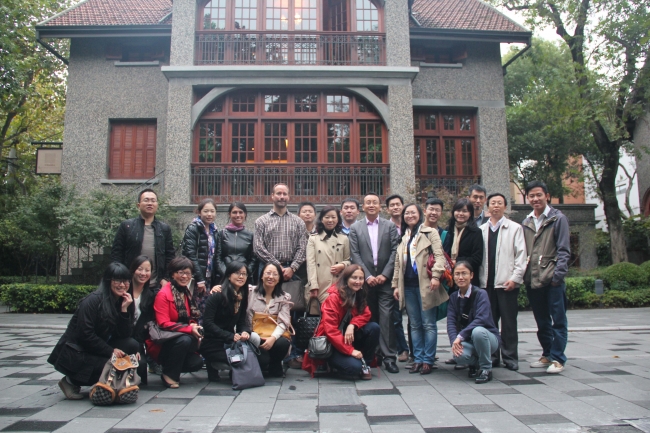Background to the Historic Urban Landscape
At its 29th session in July 2005 (in Durban, South Africa) the World Heritage Committee recommended “that the General Conference of UNESCO adopt a new Recommendation to complement and update the existing ones on the subject of conservation of historic urban landscapes, with special reference to the need to link contemporary architecture to the urban historic context” (Decision 29 COM 5D). In view of an ever-increasing number of cases, where development or regeneration projects were considered a threat to the Outstanding Universal Value (OUV) or integrity of sites registered on the World Heritage List, the World Heritage Committee expressed a need for the establishment of new guidelines and tools to properly assess urban development schemes and contemporary architectural interventions in historic context.
From 2005 to 2011 UNESCO conducted many expert meetings and consultation workshops, under the umbrella of the Historic Urban Landscape (HUL) initiative, to review and update existing guidelines for urban conservation. On 10 November 2011 this process was successfully concluded with the adoption by UNESCO’s General Conference of the new Recommendation on the Historic Urban Landscape (available at http://whc.unesco.org/en/activities/638).
The Historic Urban Landscape is an updated heritage management approach based on the recognition and identification of a layering and interconnection of values – natural and cultural, tangible and intangible, international as well as local – present in any city. It is also based on the need to integrate the different disciplines for the analysis and planning of the urban conservation process, in order not to separate it from the planning and development of the contemporary city.
As is indicated by the number of World Heritage sites that are discussed by the World Heritage Committee each year at its annual session, probably most historic urban sites in many parts of the world experience one or more conservation challenges. Certainly in China, where urbanization and urban development have taken on a massive scale, numerous towns, cities and rural areas are facing development pressures that impact directly on local heritage, as well as World Heritage. How local Governments should deal with these pressures and challenges was the main topic of the Domestic Training Course on Historic Urban Landscapes.
Summary Outline of Domestic Training Course in HUL
The Domestic Training Course on Historic Urban Landscapes was organized by the World Heritage Institute of Training and Research for the Asia Pacific region (WHITRAP) in Shanghai, under the auspices of UNESCO. This Institute is taking the lead in facilitating the implementation of the new UNESCO Recommendation on the Historic Urban Landscape in the Asia and Pacific region by providing technical assistance to local governments, conducting research and organizing training workshops to explain the concept of the Historic Urban Landscape and to discuss ways and means for its application in China.
There are 21 participants engaged in the course, who come from Colombia, Hong Kong, Macau, Beijing, Shanghai, Nanjing (Jiangsu), Suzhou (Jiangsu), Tongli Town (Jiangsu), Hangzhou (Zhejiang), Xitang Town (Zhejiang), Lijiang (Yunnan), Ji’nan (Shandong) and Jinzhong (Shanxi). Their career and education backgrounds cover various fields like architecture, urban planning, landscape architecture, civil engineering, history, politics, public administration, economics, art design, geography and intangible heritage studies.
The course programme lasted 4½ days, which included 6 training modules, a half day site visit in Shanghai, and a full day of roundtable discussions on heritage cities and sites in China and their conservation management challenges. The training modules explained the history and traditions of urban conservation as developed in Europe and in China, how the current urbanization trend in China is currently destroying much of the cultural heritage and identity in Chinese cities, and how the Historic Urban Landscape approach can assist local authorities in their development process, illustrated by examples from around the world. The central idea was to explain the concept of the Historic Urban Landscape in the Chinese context and how it differs from the approach and practices of urban conservation as currently applied in China. Key questions addressed what different actors and stakeholders are involved in the city and how an integration of a variety of professional disciplines and practices can be achieved. With an increase in complexity, an expanding circle of stakeholders, and a wider divergence of interests, this means that urban heritage management is also concerned with orchestrating processes, guiding people and interest groups, understanding different viewpoints, letting them be heard and making them practical to broader audiences.
The Roundtable discussions were closing off the training course and meant to engage the participants in sharing their experiences as decision maker, project officer, professional or site manager, what type of conservation problems they experience, and how they are dealing with it. The outcomes of the discussion will be included in the special programme at Tongji University’s Advanced Research Institute for Architecture and Urban-Rural Planning, with institutional assistance of WHITRAP in Shanghai, on the implementation of the new UNESCO Recommendation in China, with application of the Historic Urban Landscape approach in several pilot cities in China over the coming three years (2013–2015).

Resource Person

Group Photo

Site Visit: Sinan Mansion
|





